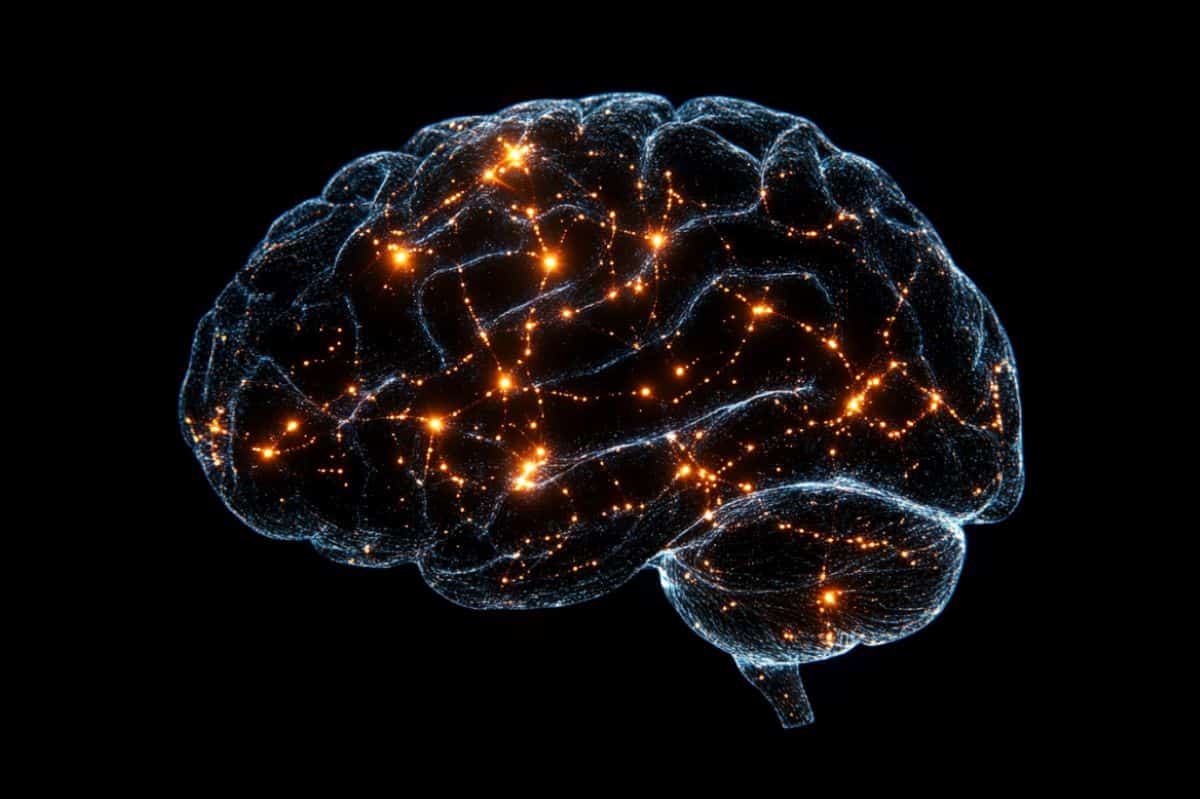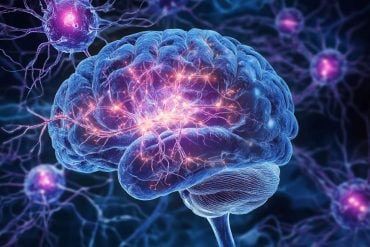Summary: Researchers have discovered that stronger synaptic connections between neurons in the brain trigger deeper sleep. Using a molecular tool called SYNCit-K, scientists enhanced synaptic strength in the prefrontal cortex of mice, inducing sleep and aligning with predictions from a mathematical model of brain activity.
Inhibiting these connections prevented deep sleep, while normal sleep restored synaptic strength. These findings offer new insights into how the brain regulates sleep and could pave the way for future therapies to improve sleep quality.
Key Facts:
- Enhanced synaptic strength in the brain induces deeper sleep.
- A molecular tool, SYNCit-K, strengthens synapses, promoting sleep in mice.
- Understanding synaptic control of sleep could lead to new sleep therapies.
Source: University of Tsukuba
Sleep deprivation typically results in longer and deeper sleep, thereby maintaining overall sleep quantity and quality through homeostatic regulation.
However, the specific mechanisms by which the brain monitors and controls sleep homeostasis remain unclear.
To address this, the researchers focused on synaptic connections between neurons.
They developed a novel molecular tool, SYNCit-K, which enhances synaptic strength, and EIN (excitatory-inhibitory neuronal network) model, a mathematical framework predicting the relationship between synaptic strength and brain activity.

Application of SYNCit-K to the frontal cortex of mice induced sleep, while inhibition of synaptic enhancement prevented the induction of deep sleep.
Enhanced synaptic strength in the prefrontal cortex returned to normal levels following subsequent sleep. These findings aligned with predictions from the EIN model, elucidating how increased synaptic connections in the brain induce sleep.
Understanding the role of synaptic strength in sleep homeostasis offers potential for developing new therapeutic approaches to improve sleep quantity and quality. Moreover, expanding the application of SYNCit-K and the EIN model could advance the understanding of brain functions and the computational theories underlying sleep.
Funding: This research was conducted as part of the World Premier International Research Center Initiative (WPI), JSPS KAKENHI grants, JST Strategic Basic Research Programs (CREST, ACT-X), JST-Mirai Program, AMED Moonshot Research and Development Program, AMED Brain/MINDS, and other research projects.
About this sleep and neuroscience research news
Author: KASAI Haruo
Source: University of Tsukuba
Contact: KASAI Haruo – University of Tsukuba
Image: The image is credited to Neuroscience News
Original Research: Closed access.
“Prefrontal synaptic regulation of homeostatic sleep pressure revealed via synaptic chemogenetics” by Shoi Shi et al. Science
Abstract
Prefrontal synaptic regulation of homeostatic sleep pressure revealed via synaptic chemogenetics
Sleep is regulated by homeostatic processes, yet the biological basis of sleep pressure that accumulates during wakefulness, triggers sleep, and dissipates during sleep remains elusive.
We explored a causal relationship between cellular synaptic strength and electroencephalography delta power indicating macro-level sleep pressure by developing a theoretical framework and a molecular tool to manipulate synaptic strength.
The mathematical model predicted that increased synaptic strength promotes the neuronal “down state” and raises the delta power.
Our molecular tool (synapse-targeted chemically induced translocation of Kalirin-7, SYNCit-K), which induces dendritic spine enlargement and synaptic potentiation through chemically induced translocation of protein Kalirin-7, demonstrated that synaptic potentiation of excitatory neurons in the prefrontal cortex (PFC) increases nonrapid eye movement sleep amounts and delta power.
Thus, synaptic strength of PFC excitatory neurons dictates sleep pressure in mammals.






